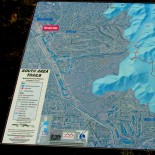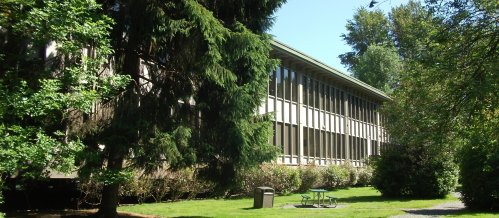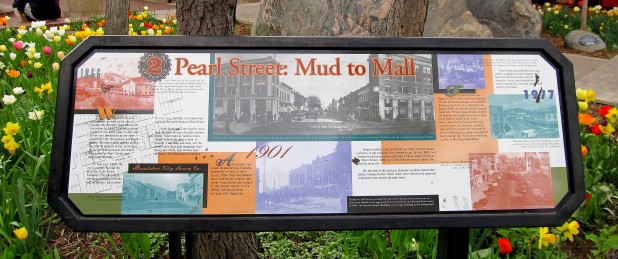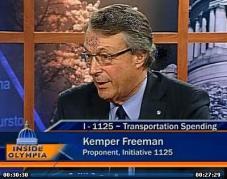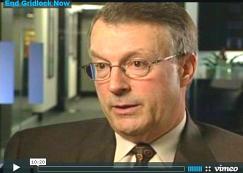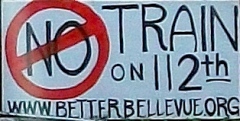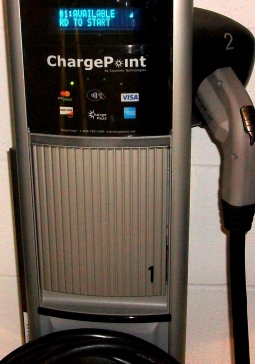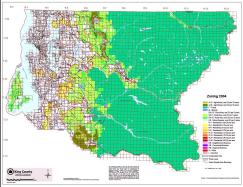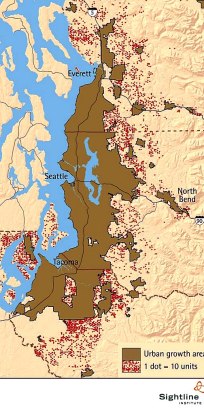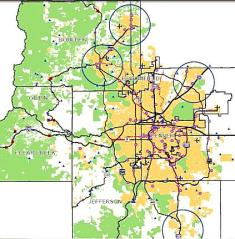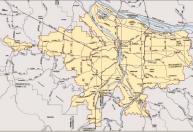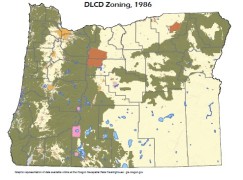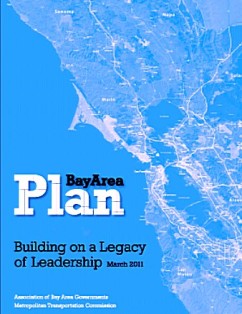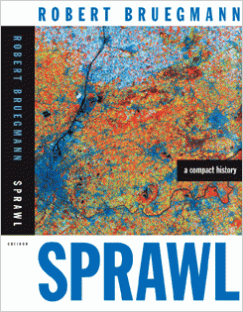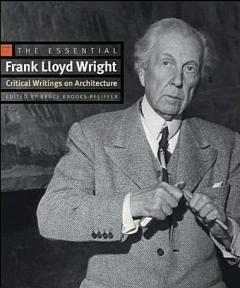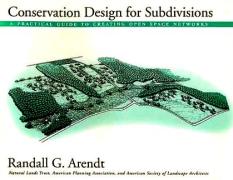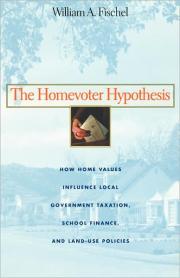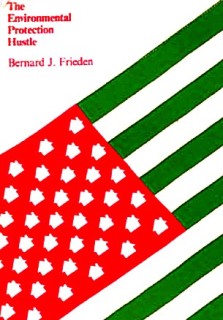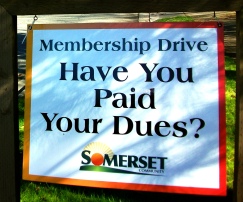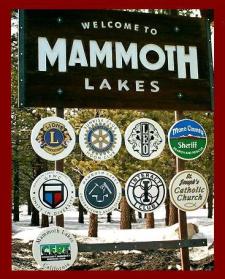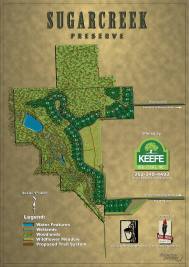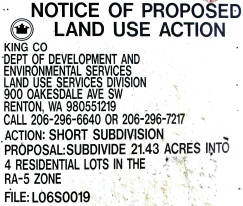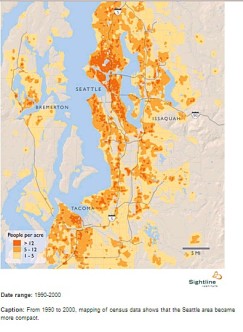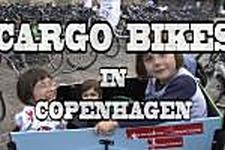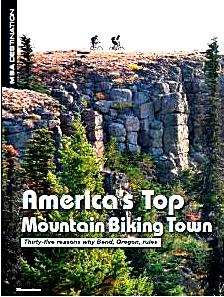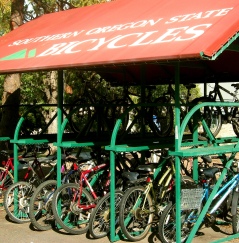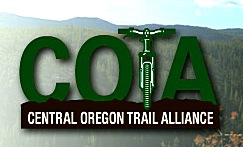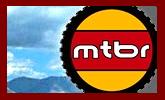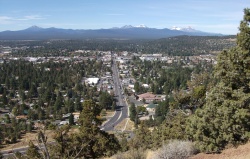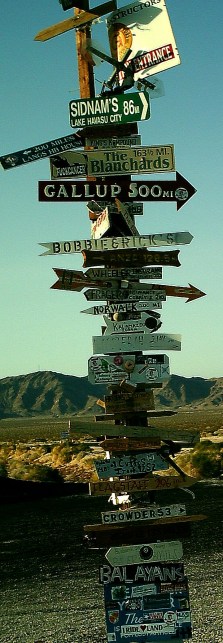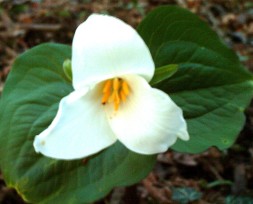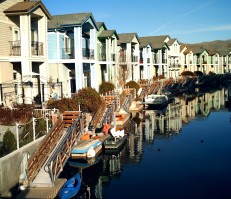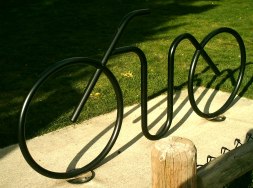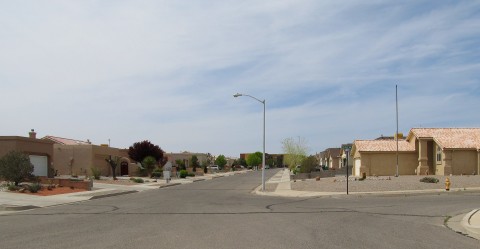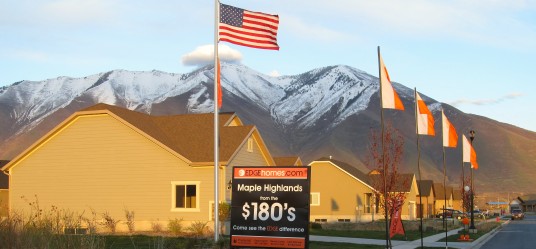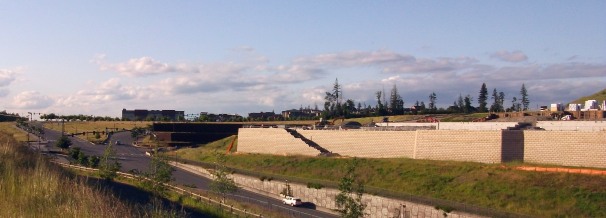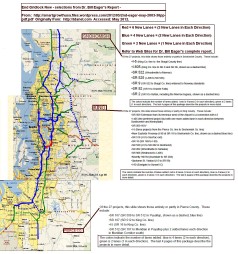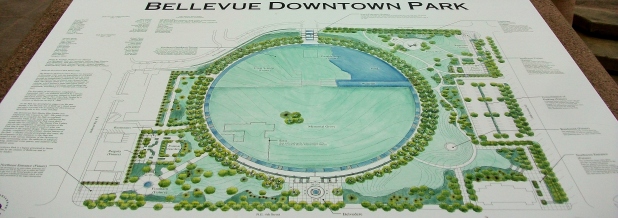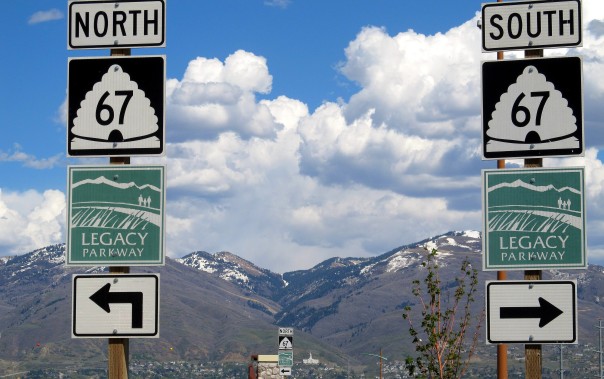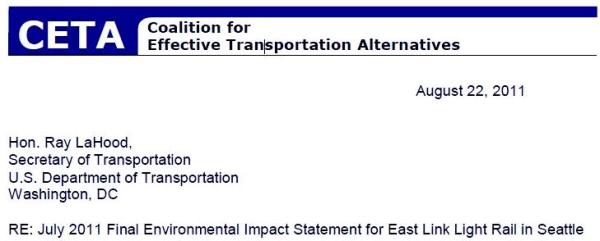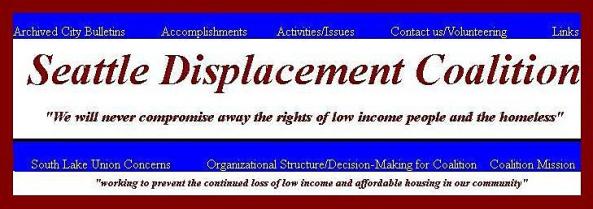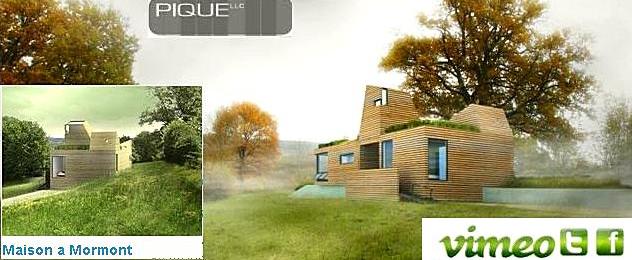"Smart Growth" and "New Urbanism" Compared with "Large Lot Zoning" (Tom Lane) [ Home Page – Click Here]
(May 17, 2017) – Traditional "Large Lot Zoning" is "Greener" than "Smart Growth" within Urban Growth Boundaries . . . Copyright 2009 – 2017 . . . Tom Lane . . . Photographing California, Arizona, Nevada, New Mexico, Colorado, Utah, Oregon, and Seattle, Washington.
(October 15, 2011) Corvallis, Oregon – Number One Nationwide For Bicycling, Walking, and Patents
Introduction to Corvallis, Oregon –
The Great City of Innovation and Non-Auto Commuters
(Tom Lane) The U.S. Census 2009 American Community Survey found that Corvallis, Oregon had the highest combination of cyclists and pedestrians going to work – 20% total!
And, scientists at Los Alamos National Laboratory found that Corvallis, “outperforms Portland and Seattle on economic output, personal income and preventing violent crime. And Corvallis leads the nation in patented inventions, as it has for more than a decade…” (Quoting from The Oregonian, January 22, 2011: http://www.oregonlive.com/portland/index.ssf/2011/01/how_corvallis_ore_exceeds_new.html)
Maps of their results, with more info below: http://tuvalu.santafe.edu/%7Ebettencourt/urban_observatory/
Corvallis, Oregon Smart Growth and Bike Lane Photos –
The speed bumps in the header image above are used for “traffic calming” to slow traffic, making it safer for pedestrians and cyclists. However, whether or not traffic calming and roundabouts delay ambulance responses for heart attacks remains a significant controversy. I am going to stay out of the Traffic Calming debate, because those who attack traffic calming hate all cyclists, and have also decided to politicize the issue.

Corvallis walkable, bike friendly neighborhood about 2 miles east of Oregon State University. I do not like Oregon's high density smart growth with no yards and garage alleys, and limited native vegetation. However, Corvallis has the highest percentage of cyclists and pedestrian commuters to work in the entire U.S., 20% combined.
Reason for High Ranking in Corvallis and Other Oregon Cities
This is a result of Oregon’s centralized planning from the state government, requiring bicycle lanes and sidewalks. Of course, the state also has heavy handed growth management with urban growth boundaries and comprehensive plans.
Although I am 100% opposed to urban growth boundaries in both Oregon and Washington, I am 100% in favor of Oregon’s tremendous efforts to increase shares of cyclists and pedestrians.
We need to get off foreign oil, due to imports from countries that don’t like us, and want to destroy Israel. We need to become energy independent, and building more bike lanes, bike paths, and sidewalks can increase national security.
And, we need to decrease air pollution. Ironically, many of the small cities with the highest percentage of cyclists and pedestrians have very high air pollution levels. Corvallis and Eugene in Oregon’s Willamette Valley experience persistent autumn, winter, and spring inversions, with heavy fog. Boulder experiences high ozone pollution due to … you guessed it, too much auto congestion from high density smart growth, as I discuss in this post.
Finally, providing walkable and bike friendly communities is very important for individuals who cannot drive, including the elderly, and some individuals who have schizophrenia, bipolar disorder, autism, Aspergers syndrome, migraines, epilepsy, and panic disorder. All of these conditions are very common in Northwest Oregon and Western Washington. This results from the climate, along with diminished soil and water levels of the neuroprotective minerals Iodine and Selenium, due to Pleistocene glaciation (ref: the late Dr. Harold D. Foster, Univ. of Victoria).
Significant Caveat !
However, there is one caveat. Of the top 10 cities with the highest percentage of cyclists and pedestrians, they were all under 500,000. And, many were small college towns (such as Corvallis, Eugene, Boulder, and Ft. Collins). See the quote on this caveat from the survey below.
It is very difficult to increase the number of cyclists in large cities, due to longer commutes, and dangerous boulevards. Therefore, to reduce foreign oil use, our large cities of several million will require fuel efficient vehicles, electric cars, hybrid cars, natural gas cars, and smart cars.
I will elaborate later in this post, after I have read the results for additional cities. For quite some time, I have suggested on discussion boards that we should try to make small cities bike friendly – BEFORE worrying about expensive bike lanes requiring eminent domain in large cities of several million. I think that the ACS Census results prove my point, and the City of Corvallis should be congratulated for their success.
However, Portland the Great Exception from this Caveat !
Portland was the only area of over a million people with a cycling rate of over 2%. Again, this reflects the State of Oregon’s bicycling infrastructure program. However, 2% is not that high, and it’s unrealistic to expect double digit cycling figures in cities of a million or more.
Quote from the Survey with the Caveat
“Some common characteristics stand out among the metro areas featured in Tables 3 and 4. Each metro area had a population of less than 500,000 in 2009. Several were also home to at least one large college or university and had high proportions of college-aged students.
For example, 18- to 24-year-olds accounted for about 17 percent of the population of the Missoula, MT Metro Area in 2009, and about 25 percent of the population of the Corvallis, OR Metro Area, compared with about 10 percent in this age category for the nation (not shown).
Corvallis is the only metro area to appear on both the bicycle and walking lists. Oregon is also notable because the Portland-Vancouver-Beaverton, OR-WA Metro Area, with a bicycle commuting rate of 2.3 percent, was the only metro area with a population of over 1 million with a bicycle commuting
rate of at least 2 percent.” !
Smart Cars – One Solution to the Caveat
Fuel efficient, smart cars are the way to go for large metro areas where cycling is impractical, since MOST commuters do so alone, so why drive a gas guzzling SUV? I own an SUV and if I could afford it, I would buy a smart car for Monday-Friday, and only use the SUV on weekends for hiking and mountain biking. (I call Smart Cars “Neo-Volkswagons” since they are the shape of Volkswagon Bugs.)
Survey Results on Corvallis and Other Cities
From: http://www.census.gov/prod/2011pubs/acs-15.pdf
No Bike Lanes Outside the Urban Growth Boundary in Corvallis
As I’ve discussed on my Seattle posts, the Oregon and Washington growth management acts do not appear to require bike lanes outside the Urban Growth Boundary. However, this is where most people prefer to ride, due to view of the country.
My suggestion is to amend both of these statewide growth management acts to require bike lanes within a reasonable distance outside the urban growth boundaries. However, of course, I am not in favor of urban growth boundaries, and the lack of bike lanes is just one of numerous reasons. Here’s a view west of Corvallis of a beautiful country road through Oregon White Oak trees and grassland, heading into the urban growth boundary at the top of the hill:

No bike lanes outside of the urban growth boundary in Corvallis, Oregon. Apparently, the Oregon Growth Management Act doesn't require this (likewise in Washington State).
Other Bike Friendly Cities in Oregon
Many cities in Oregon are very bike and pedestrian friendly, due to the State’s requirements. Here are a few photos:

Bear Creek Parkway (Foreground) starts in Ashland (where I'm standing) and continues NW to Talent and Medford.

Bend also features seperate grade reddish colored bike lanes next to sidewalks. This is on Reed Market Road.

CLICK TO ENLARGE AND READ TEXT. Top 10 reasons to move to Bend from the Chamber of Commerce. I reprinted these since they were part of a flash page that did not copy.
How Do We Save Foreign Oil in Cities with Over a Million?
Certainly, conservation is #1, according to Charlie Maxwell, senior energy analyst at Weeden and company, whose friendly voice frequently can be heard on Bob Brinker’s Moneytalk. Maxwell told Forbes that we will see peak oil in five to ten years (after 2010). Below, I’ve shown various cars that will surprise you in terms of their good and bad gas mileage.
Second, we need more electric cars, natural gas vehicles, smart cars, and hybrid cars. As I discuss in this post, the first privately owned business to install electric car charging stations was Bellevue Square, owned by noted developer and philanthropist Kemper Freeman Jr.
Third, we need bus rapid transit, the most efficient and cost effective method of public transit, compared to light rail trains. Refer to John Niles of CETA in Seattle for more information: http://www.effectivetransportation.org/
Transporation Planning for Global Warming
The state of Oregon thinks that clustering developments in smart growth towers will reduce greenhouse gases. However, urban growth boundaries lead to towering high density housing that nobody wants. Therefore, people will commute from unincorporated areas in the countryside with larger lots. This is called “leapfrog” commuting. For example, I-5 is clogged between just north of Corvallis and Portland during commute hours, since people prefer to live in Salem and Corvallis-Albany, and commute to Portland.
When this happens, people waste gas, waste time, and spend less time with their families and at the gym after work. Therefore, it’s best not to have an urban growth boundary. Alternatives to mitigating sprawl and dispersing air pollution include parks, open space, artificial water features, and native tree ordinances. Cycling rates increase with less traffic and more open space. Indeed, Dallas, Texas is 19% parks, the highest of any large city in the country (Ref: Waggoner, Ausubel, and Wernick; “Lightening the Tread of Population on the Land: American Examples:” http://phe.rockefeller.edu/tread/
In addition, the City of Durango is about two thirds open space, as I show in this post. However, Durango and La Plata County have strict zoning that mimics an urban growth boundary, leading to leapfrog commuting: https://smartgrowthusa.wordpress.com/2011/09/06/durango-colorado-la-plata-county-comprehensive-plan/
Everyone wants their SUV for weekend expeditions, and indeed, SUV’s carry bikes. So, let’s find SUV’s with great gas mileage, such as the Jeep Patriot, a 4 cylinder 4X4. Or, maybe there’s a way to transport a bike on or in a Smart Car. Let me know in the comment section if there is, and if there is, then we’ve solved the weekend problem!

The 4X4 A/T Jeep Patriot gets - you won't believe this - 25mpg on the highway, and 21mpg in the city! Photo taken by me with permission of Lithia Auto Centers, Inc.
Off Road Multi-Use, Multi-Modal, and Mountain Bike Trails in Oregon
Many Oregon cities have extensive multi-use trails, either paved or unpaved. Corvallis, Bend, and Ashland, Oregon are also known for extensive bike trail networks. I am not sure if I have any photos from Oregon
However I would like to show examples of both bike lanes and bike trails from other states. Indeed, as we will see later, road cycling is safer in states that offer wider street lanes, and wider bike lanes. Therefore, cyclists will feel “safer” in these states, and will be more likely to ride.
Corvallis, Crime, Growth, and Innovation
Corvallis was ranked by scientists at Los Alamos National Laboratory to “outperform Portland and Seattle on economic output, personal income and preventing violent crime. And Corvallis leads the nation in patented inventions, as it has for more than a decade…” (Quoting from The Oregonian, January 22, 2011: http://www.oregonlive.com/portland/index.ssf/2011/01/how_corvallis_ore_exceeds_new.html)
At the Los Alamos, there are links to the Los Alamos Study. Generally, Western US small to medium sized markets that are pro-growth (such as Bend, Boise, Corvallis, Reno, Carson City, Salt Lake City, Seattle, Santa Fe, NM, Boulder, and Mt. Vernon, Wa.) have a higher gross domestic product, compared to anti-growth cities.
This is irregardless of whether or not the cities favor smart growth (i.e. Corvallis) or traditional urban sprawl with large lots (i.e. Reno).
National maps for all US cities, for 1) Gross Metropolitan Product 2) Personal Income 3) Patents, and 4) Violent Crime are at this link: http://tuvalu.santafe.edu/%7Ebettencourt/urban_observatory/
Small Scale and Lack of Congestion: Two of Many Reasons Why Corvallis Works for Cycling and Bicycling
Since Corvallis is a small city of under 100,000, it’s easy to walk and bike short distances in less time (due to less auto congestion, that would otherwise discourage cyclists and pedestrians in places such as Seattle, Portland, and Boulder).
From views NW of town, one can look downhill to the Willamette Valley and the haze beyond, due to air pollution that is present all winter long between Portland and Eugene (and, again in Medford, OR.). The photo below was taken in February, 2010. (See my air pollution photos in Seattle and Oregon at this post: https://smartgrowthusa.wordpress.com/2011/06/21/vote-for-initiative-i-1125-2011-tim-eyman-kemper-freeman-light-rail-i-90-seattle-bellevue-gas-tax-washington-constitution-18th-sound-transit/
Portland will never achieve more than perhaps 5% cycling, unless they discourage their infilling agenda, consisting of more people and more cars in the already overcrowded city limits with too much traffic.
Congestion is noisy and smells horrible, and people don’t want to breath auto exhaust on their way to work while simultaneously waiting for stop lights. However, I am 100% for separate grade bike paths with sensors that sense cyclists along busy streets, thereby coordinating cyclists with traffic at intersections, with pollution a few extra feet away from cyclists.
Corvallis’ high rankings for non-auto transportation could decline, once the open lands shown in the photos below are converted to smart growth townhomes (as shown in the last photos).
Therefore, Corvallis should expand its urban growth boundaries, and try to decentralize employment to surrounding areas, to maintain the terrific 20% score.
And, I think that a growing recognition of the importance of decentralization for housing affordability, will inevitably result in more flexibility in the locations of UGB’s, to encourage non-auto transportation, and also discourage leapfrog commuting, as I’ve discussed elsewhere.

Looking NW to SE into the Willamette Valley from hills NW of Corvallis into the ever present valley haze. Distances between homes and workplaces in Corvallis are relatively short. To be fair, photo is overexposed so it looks worse than it really is. Eugene has worse air pollution.

Corvallis walkable and "bicyclable" smart growth townhomes are just like anywhere else, with all native vegetation cleared before construction ... and unsightly retention basins (within the fenced area). The native vegetation that used to be here is on Bald Hill, the park in the distance in the right side of the photo. (The oaks are deciduous, and brown at this time of the year, February, 2010.) This very popular park has great running trails, and is covered with Oregon White Oak and other native species. If lots were larger, oaks and native species could be preserved in your backward, instead of the endless repetition of non-native purple heathers, Red Maples, bark, and gravel. Native species on large lots of at least a quarter acre would also attract wildlife to your backyard.

Corvallis Smart Growth Townhomes. Increasing density also increases auto traffic, and this discourages cycling. So far, Corvallis is #1 for rates of bicycle commuters, due to less auto congestion, shorter commutes, and a small population size (among many other reasons).
